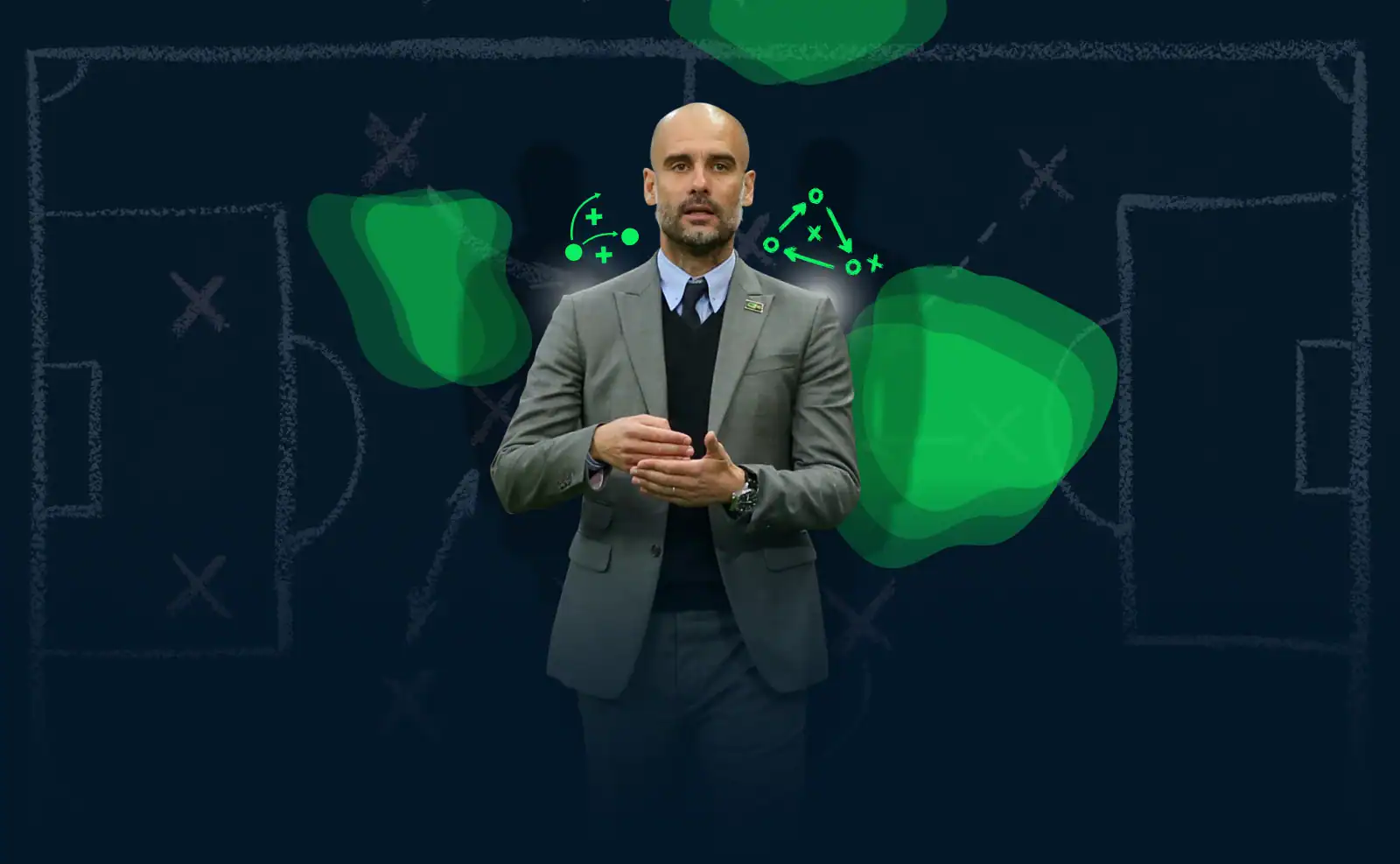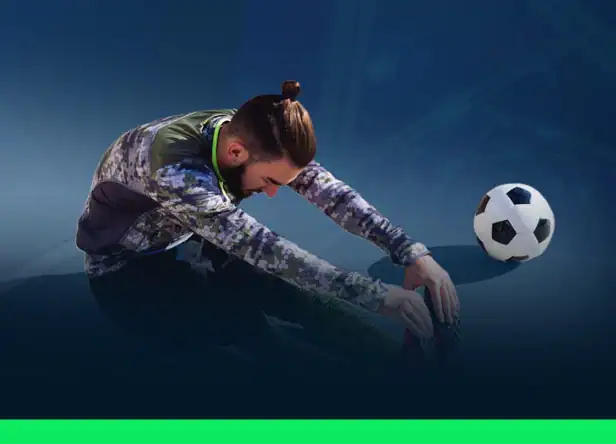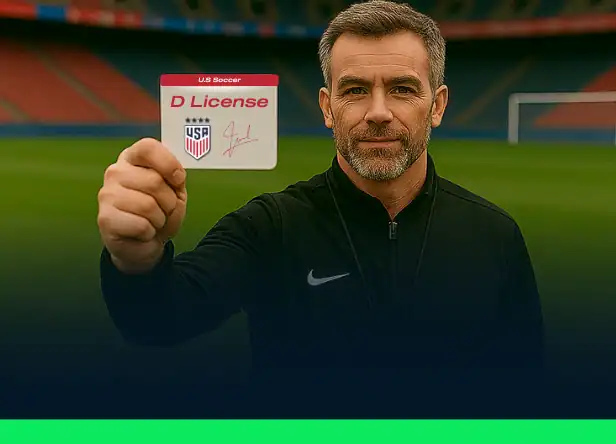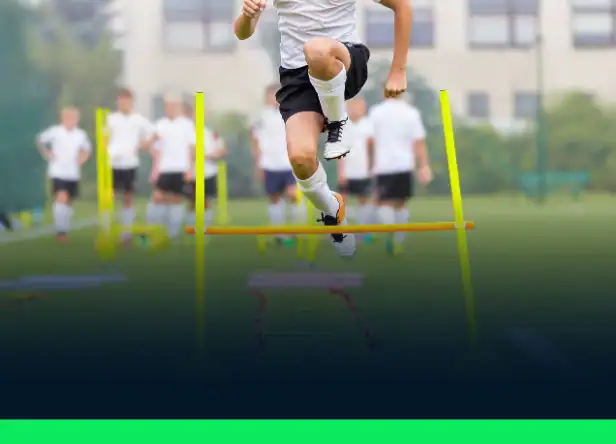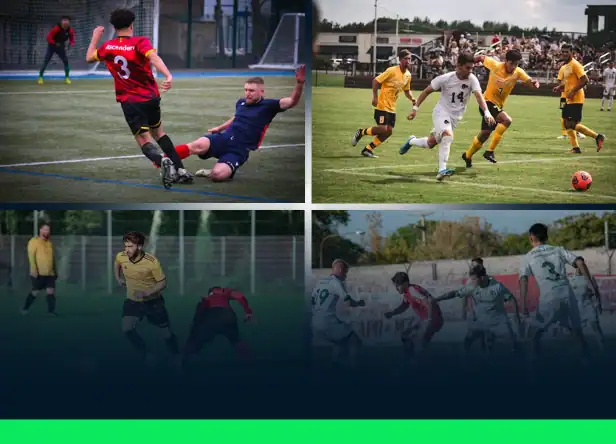What is Positional Play in Soccer?
One of the most radical tactical ideas in contemporary soccer, called Juego de Posición in Spanish, is positional play. This creative approach has greatly changed teams’ view of possession, space, and offensive structure, thereby propelling the lovely game to new levels of aesthetic appeal and tactical sophistication.
Far more than simple possessional soccer, positional play is an all-encompassing game plan meant to give consistent benefits over the opponent through better positioning, motion, and ball movement. This strategic approach gives top importance to managing games by means of wise ball possession, synchronized player movement, and the ordered generation of attacking possibilities.
Generating qualitative numerical superiorities across several zones of the pitch is the core of positional play. As Johan Cruyff so well put,
“There is only one ball, so you must have it.” — Johan Cruyff
a philosophy that underpins this approach to the game. Still, in positional play, possession has a specific objective: to sway opponents, establish dominance through superior positioning instead of static ball retention, and produce disparities.
This tactical approach requires every player on the field remarkable coordination, shared understanding, and flawless execution. In soccer, it’s not only a means of winning games but also a philosophy that honors the beauty of cooperation and group intelligence.
How Can I Improve My Positional Play in Soccer? Core Principles of Positional Play
To improve your positional play, it’s essential to understand the fundamental principles behind this strategy. This revolutionary approach to the game is defined by several key characteristics:
1. Creating and Exploiting Passing Triangles
Constructing passing triangles all across the pitch grounds positional play. Creating the well-known “third man” combinations that are crucial for circumventing defensive pressure, these triangular arrangements provide several passing possibilities. The third-man principle calls three players cooperating to overcome defensive blocks: Player A passes to Player B, who immediately passes the ball to Player C in a more favorable position.
These triangular passing patterns guarantee continuous support angles and let teams retain control under stress while advancing the ball effectively across several zones of the pitch.
2. Width and Exploitation of Interior Channels
Teams must expand the field horizontally while also taking advantage of internal lanes in order to play an effective positional game. Often using wide players and fullbacks to supply the required width, players arrange themselves at various vertical levels to open passing lanes and generate exploitable areas.
This guideline guarantees that teams can change play quickly when required while still having access to hazardous central areas where numerical superiorities can be established.
3. The Free Player Concept
A fundamental principle of positional play is the constant search for the “free player”—a teammate who can receive the ball with time and space to make meaningful decisions. Players must understand when to advance with the ball and when to release it, constantly working to create situations where teammates can receive possession without immediate defensive pressure.
The free player concept serves dual purposes: maintaining possession by ensuring passing options are always available, and enabling line-breaking passes that advance the team up the pitch.
4. Superiority Behind the Opposition’s Press
The primary objective is creating numerical superiority in key zones, particularly behind the opponent’s pressing line. This requires clean ball progression from the defensive line to avoid turnovers and construct well-structured attacks.
Teams achieve this by positioning players strategically to outnumber opponents in specific areas while maintaining balance across the field.
5. Offensive Structure as the Foundation
In positional play, attacking organization shapes every other aspect of the game. Defense and attack are not separate concepts but interconnected elements, meaning that attacking structure directly influences a team’s ability to defend and control matches.
This holistic approach ensures that teams maintain their tactical integrity regardless of which phase of play they’re in.
6. Possession as a Weapon of Disruption
Unlike passive possession soccer, positional play uses ball retention to destabilize opponents by bypassing defenders, creating imbalances, and dictating rhythm. Possession becomes a tool to force opponents to react to your game plan rather than implement their own.
7. Collective Unity in All Phases
In positional play, players, positions, and the ball move together as one cohesive unit. When possession is lost, the team immediately engages in counter-pressing to recover the ball, making it extremely difficult for opponents to launch effective counterattacks.
Positional Play Training Methods
Here are some examples of drills that can help develop positional play during practice:
Small-Sided Possession Games
Organize teams of 4-6 players with the objective of maintaining possession for extended periods. Limit touches to encourage quick, precise passing and decision-making under pressure.
Ball Circulation with Movement
Design passing exercises that require constant off-the-ball movement. Players must continuously reposition themselves to create passing angles and open spaces, mimicking match scenarios.
Pressing and Immediate Recovery
Simulate game situations where players must work collectively to regain possession immediately after losing it. This develops the counter-pressing mentality essential to positional play.
Advanced Training Scenario
Set up an 8v6 scenario on half a pitch, with play always restarting from the goalkeeper. The team in possession must score in mini-goals while the defending team attempts to score in larger goals within 10 seconds of winning the ball back. This exercise combines positional play principles with transition training.
What is Pep Guardiola’s Style of Play? Mastery of Positional Play
Pep Guardiola stands as the most prominent advocate of positional play in modern soccer, having implemented his philosophy successfully at FC Barcelona, Bayern Munich, and Manchester City. His approach incorporates several distinctive elements that have redefined tactical excellence in the sport.
Counter-Pressing Excellence
Guardiola’s teams excel at immediate ball recovery, implementing a systematic approach to regaining possession within seconds of losing it. This counter-pressing intensity ensures opponents cannot settle into their attacking rhythm.
Conducción and Ball-Carrying
Players in Guardiola’s system carry the ball forward when unchallenged, fixing defenders in position and opening passing lanes for teammates. This principle of conducción enables teams to progress efficiently through different zones.
The False Nine Revolution
Guardiola popularized the false nine role, particularly with Lionel Messi at Barcelona. The false nine operates as both playmaker and finisher, dropping deep to create numerical superiorities in midfield while pulling opposing center-backs out of position.
This tactical innovation creates space for wingers and attacking midfielders to exploit while maintaining creativity in the final third.
Constant Movement and Rotation
Players in Guardiola’s system continuously drop, drift, and rotate positions to disorganize opponents and create space. This fluid movement ensures the team maintains numerical advantages in key areas while keeping opponents guessing.
Tactical Flexibility and Versatility
Guardiola demands exceptional adaptability from his players—fullbacks drift inside, forwards drop deep, and center-backs push forward based on match situations. This versatility enables teams to solve different tactical problems within the same match.
At Manchester City, Guardiola employs an extensive performance analysis department, including approximately ten video and data analysts, to continuously study and refine positional play applications. This scientific approach to tactical development exemplifies the sophistication required to master this philosophy.
Conclusion: The Evolution and Future of Positional Play
Refined through decades of tactical creativity, positional play shows the development of Johan Cruyff’s “Total soccer” vision. Cruyff’s impact on the Dutch school of soccer laid the groundwork from which students like Guardiola have grown into the complex system we see today.
With teams like Barcelona’s Dream Team, Bayern Munich, and Manchester City leading through great positional play, the philosophy has demonstrated its efficacy across several leagues and competitions. But contemporary soccer keeps changing; counter-strategies and quick transition play provide fresh problems for possession-based methods.
Despite these obstacles, positional play continues to be among the most effective and visually appealing methods in soccer history. Its focus on technical prowess, spatial awareness, and collective intelligence still motivates coaches and athletes all around.
The appeal of positional play is in its celebration of soccer as a team game in which individual brilliance benefits the whole as well as in its efficiency. Technical ability, tactical intelligence, and unyielding commitment to the team’s philosophy—qualities that define soccer at its best—are all needed.
Though its fundamental ideas of space, movement, and group action will remain, positional play will certainly evolve and improve further as soccer changes at the center of the most complex strategic statements of the gorgeous game.

